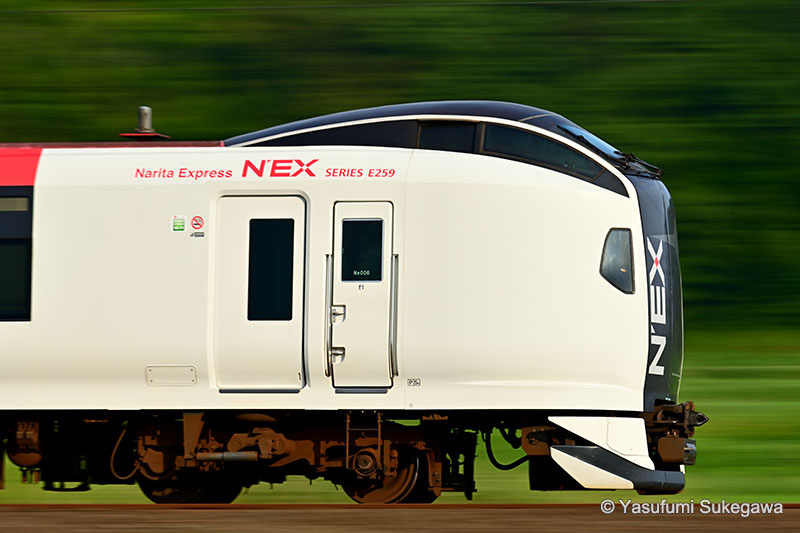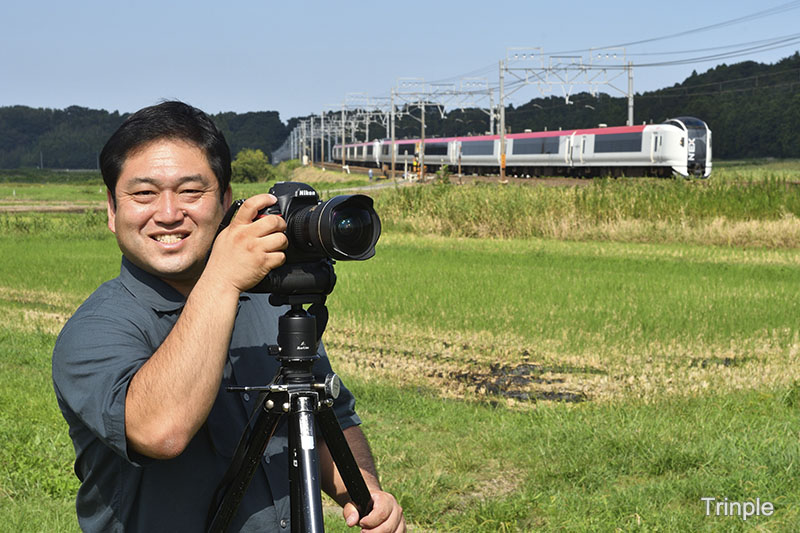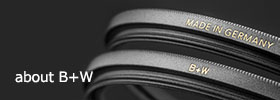Yasushi Sukegawa | Markins Ball Head
Theme
Railway Photos
Photographer
Yasufumi Sukegawa
Date
July-September 2018
Location
JR Sobu Line (Chiba Prefecture)
JR Koumi Line (Yamanashi Prefecture)
JR San'in Line (Yamaguchi Prefecture)
JR Koumi Line (Yamanashi Prefecture)
JR San'in Line (Yamaguchi Prefecture)
撮影機材
Markins
Nikon
D850
Z7 ( Mount Adapter FTZ Use )
AF-S NIKKOR 14-24mm f/2.8G ED
AF-S NIKKOR 24-70mm f/2.8E ED VR
AF-S NIKKOR 70-200mm f/2.8E FL ED VR
AF-S NIKKOR 200-500mm f/5.6E ED VR
Z7 ( Mount Adapter FTZ Use )
AF-S NIKKOR 14-24mm f/2.8G ED
AF-S NIKKOR 24-70mm f/2.8E ED VR
AF-S NIKKOR 70-200mm f/2.8E FL ED VR
AF-S NIKKOR 200-500mm f/5.6E ED VR
Husky
4 sections
Review
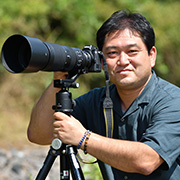
Yasufumi Sukegawa
Born in 1975.
Graduated from the Faculty of Law at Akita University of Economics and Law.
After graduating from the Department of Photography at Tokyo Visual Arts, studied under railway photographer Mitsuhide Majima.
Works at Masima Railway Pictures, Ltd.
Motto is to convey not only the charm of railway vehicles, but also the beauty of the culture surrounding railways and the people who live there, and currently busy with the camera along the tracks all over Japan.
Written for railway hobby and travel magazines such as Railway Timetable Information (Kotsu Shimbunsha) and Railway Journal (Kotsu Journalsha), and also taken cover photos for JTB Timetables (JTB Publishing) and JR Timetables (Kotsu Shimbunsha). Also actively photographing posters for railway companies such as JR East.
Graduated from the Faculty of Law at Akita University of Economics and Law.
After graduating from the Department of Photography at Tokyo Visual Arts, studied under railway photographer Mitsuhide Majima.
Works at Masima Railway Pictures, Ltd.
Motto is to convey not only the charm of railway vehicles, but also the beauty of the culture surrounding railways and the people who live there, and currently busy with the camera along the tracks all over Japan.
Written for railway hobby and travel magazines such as Railway Timetable Information (Kotsu Shimbunsha) and Railway Journal (Kotsu Journalsha), and also taken cover photos for JTB Timetables (JTB Publishing) and JR Timetables (Kotsu Shimbunsha). Also actively photographing posters for railway companies such as JR East.
Director of the Japan Railway Photographers Association (JRPS)
The Railway, the Tripod and Me
I have been a true railway enthusiast since I was a child, and I started taking railway photographs when I was in the second grade of elementary school. I would go out to take photographs, almost forcibly borrowing my father's SLR camera, and I also borrowed a tripod from my father, so I have been using a tripod for over 34 years. People who enjoy railway photography seem to be divided into those who use it with a handheld camera and those who use a tripod, but I am the tripod type. When taking "train formation photographs" that are centered on trains, which have a strong record-keeping element, it is difficult to get close to the tracks, and there are many shooting locations with limited movement, so inevitably many shots are taken with a telephoto lens. Especially in electrified sections, it is necessary to aim between utility poles, and precise framing like threading a pinhole is required, so I felt that shooting with a tripod was the best from a young age. That idea has not changed at all, and aside from places where tripods are prohibited, I feel uneasy if I do not have a tripod when taking photographs. However, the tripod that I have consistently used until now is a three-way head tripod. This is partly because the one I used first and was used to was a three-way head type, but the reason I have continued using it for so long is that I can make precise fine adjustments. I was also attracted to ball heads, but I had the impression that they were too convenient and therefore lacked precision. Of course, there were high-performance ball heads on the market, but they were heavy and, to be honest, out of reach for me as a poor student.
Meet Markins
Even after becoming a professional railway photographer, I continued to be particular about 3-way heads. Just when I thought this was enough, I had the opportunity to talk to someone who was using the Markins ball head Q20iQ-BK at a certain shooting location in the Sanin region. My first impression was that it was compact. When I asked about its durability, I was honestly surprised to hear that even at this size, it can withstand a load of 50 kg. It was equipped with a slightly large telephoto zoom lens, but it operated smoothly, and the way it quickly adjusted the angle was impressive. Since then, I have been interested in Markins ball heads, and the Q20i-BK arrived in my hands shortly after, so it may have been a fateful encounter.
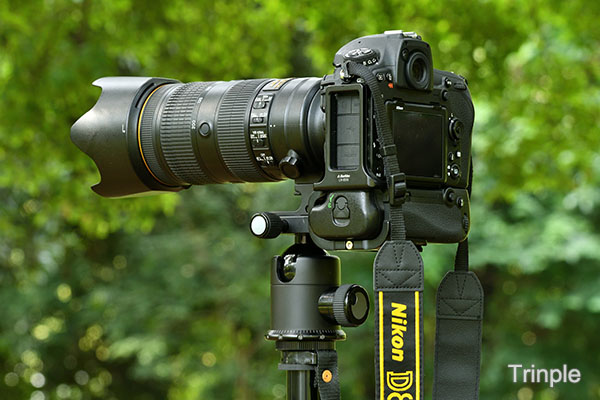
Usage of Markins ballhead
In actual use, the smooth movement is wonderful, and the angle can be determined quickly. Even when the heavy super telephoto zoom lens Nikon AF-S NIKKOR 200-500mm f/5.6E ED VR is attached, the appropriate amount of friction makes it easy to make subtle angle adjustments. Since I often use the super wide-angle zoom lenses AF-S NIKKOR 14-24mm f/2.8G ED and AF-S NIKKOR 24-70mm f/2.8E ED VR, which are different in weight, I do not usually set the limit dial to limit friction, but even so, a half turn of the main knob provides sufficient friction, and a 3/4 turn tightens it firmly, so the speed is sufficient even if you turn the main knob back too far. The quick shoe part is also a type that firmly clamps the lens, so there is no rattling at the attachment/detachment part that is common with general quick shoes. When photographing trains or doing interviews, you need to change the shooting location for each train and take many shots, so it's not rare that you move and arrive at the scene just before the train passes. In such a situation, I was afraid that I wouldn't be able to set up the tripod in time, so I shot handheld, but my shooting style has changed dramatically since I built a reliable head and tripod system that allows for quick attachment and detachment and framing.
The Q20i-BK ballhead also shows amazing adaptability in panning, which is my specialty. The panning base for panoramic photography is actually very effective for horizontal panning. When panning using a three-way head tripod, I would loosen the tightening part in the swing direction and rotate it, but it would rattle and not rotate smoothly. Sometimes it would even get stuck. However, the panning base of the Q20i-BK ballhead rotates very smoothly, making it perfect for panning shots.
Of course, the Q20i-BK ballhead also shows its true value when taking photos of railway scenery that combines the breathtaking views and natural features of various parts of the country. Quick and precise framing is an important technique for elevating a photograph to a work of art, so you can be particular about the composition of the screen. Furthermore, if you can firmly fix that particular framing, you can concentrate only on the shutter opportunity, making it possible to take an accurate shot. This will be the trigger for creating a wonderful work of art, and it will also be a driving force for enjoying photography anew.
The Q20i-BK ballhead allows you to control your tripod quickly and accurately, and is sure to become a signpost that will create that once-in-a-lifetime glittering moment.
Camera and lenses are of course important, but we also want you to find the best tripod and head tools that you can call your "partners."
The Q20i-BK ballhead also shows amazing adaptability in panning, which is my specialty. The panning base for panoramic photography is actually very effective for horizontal panning. When panning using a three-way head tripod, I would loosen the tightening part in the swing direction and rotate it, but it would rattle and not rotate smoothly. Sometimes it would even get stuck. However, the panning base of the Q20i-BK ballhead rotates very smoothly, making it perfect for panning shots.
Of course, the Q20i-BK ballhead also shows its true value when taking photos of railway scenery that combines the breathtaking views and natural features of various parts of the country. Quick and precise framing is an important technique for elevating a photograph to a work of art, so you can be particular about the composition of the screen. Furthermore, if you can firmly fix that particular framing, you can concentrate only on the shutter opportunity, making it possible to take an accurate shot. This will be the trigger for creating a wonderful work of art, and it will also be a driving force for enjoying photography anew.
The Q20i-BK ballhead allows you to control your tripod quickly and accurately, and is sure to become a signpost that will create that once-in-a-lifetime glittering moment.
Camera and lenses are of course important, but we also want you to find the best tripod and head tools that you can call your "partners."
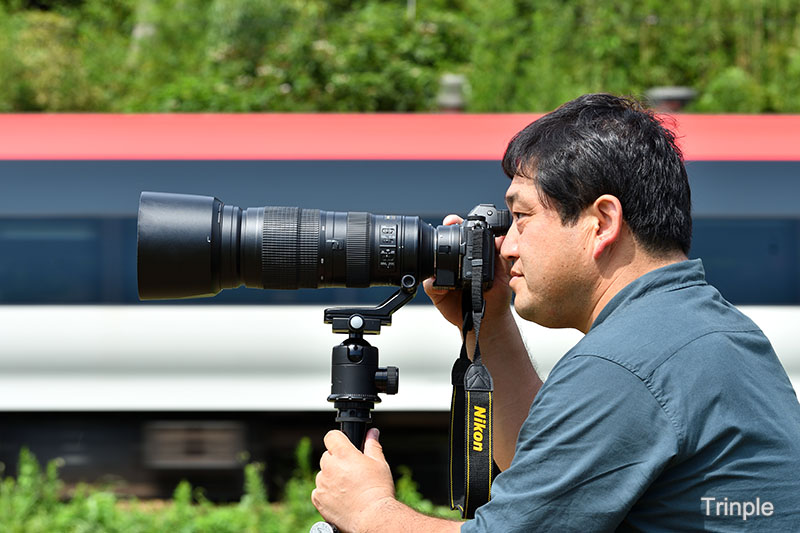
■ Playing with the sea breeze
Nikon D850 / AF-S NIKKOR 24-70mm f/2.8E ED VRF8 1/1250 s ISO400
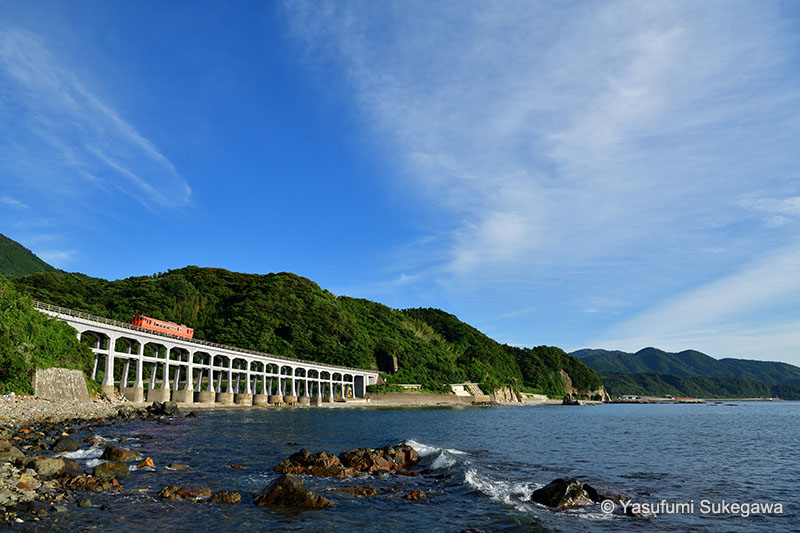
■ The hour of scarlet
Nikon D850 / AF-S NIKKOR 24-70mm f/2.8E ED VRF8 1/1250 s ISO400
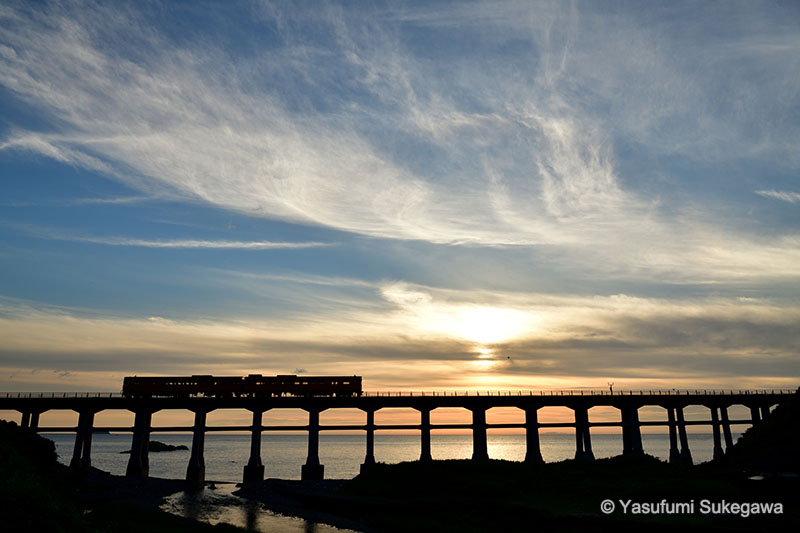
■ Sunny and breezy
Nikon D850 / AF-S NIKKOR 14-24mm f/2.8G EDF13 1/640 s ISO200 Half ND Filter Use
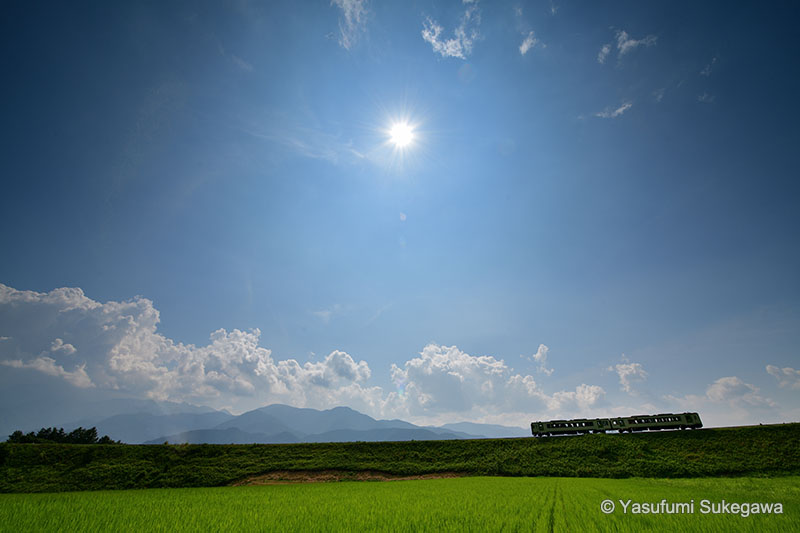
■ Like a Idaten(god)
Nikon Z 7 / AF-S NIKKOR 200-500mm f/5.6E ED VRF18 1/30 s ISO64
